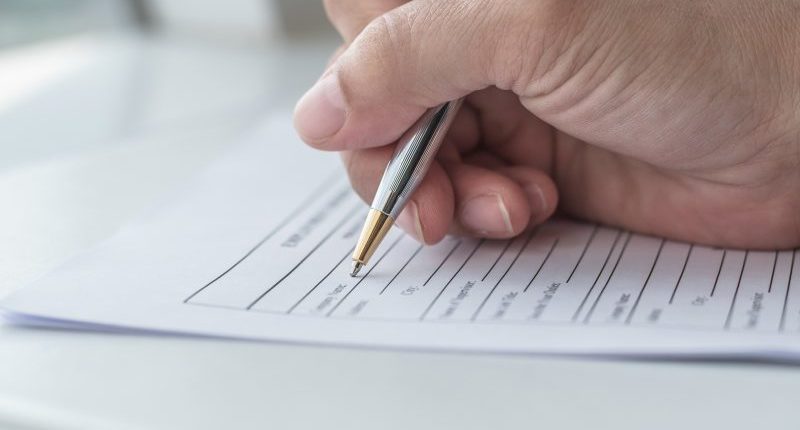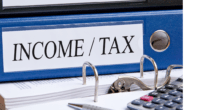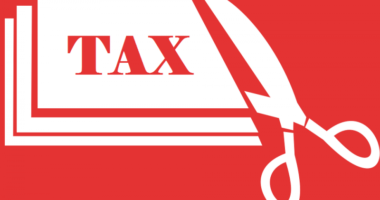The Income-Tax (I-T) Department recently released tax return forms for individuals that ask for several details for tax exemption claims. Also, an individual is required to mention the new tax regime as a default tax regime for the assessment year (AY) 2024-25 in the case where income for the financial year (FY) 2023-24 is accounted for.
However, in case an individual wishes to switch back to the old tax regime, there is a brand new form they are required to fill, Form 10-IEA.
Earlier the new tax regime was first introduced under the Union Budget 2020. The I-T department is yet to provide further clarity as to who can fill out this form. That is everyone or just businessmen and self-employed.
As per the recently unveiled tax return forms, apart from selecting ‘Old Regime’, a separate form would have to be filled out by individuals who wish to ‘opt out’ of the new tax regime. In case an individual fails to do so, it will mean that the tax computation will be under the new tax regime.
Generally, by default, the new tax regime is selected. If a taxpayer decides to opt out of the new tax regime, they will be required to file a declaration form.
The Budget 2023 made the income-tax regime the default regime. As a result, it automatically pushed several taxpayers who were still sticking to the old tax regime due to the deductions into the new tax regime.
In addition, Finance Minister Nirmala Sitharaman introduced some changes in the new tax regime by lowering tax rates, increasing tax rebates, and introducing standard deductions.
The Form 10-IEA seeks a few additional details, which include the permanent account number (PAN), tax status (individuals, Hindu Undivided Family (HUF), resident, etc). Also, if any tax benefits for the International Financial Services Centre (IFSC) are being claimed.
In addition, the form also asks for an individual’s history of switching in and out of the old or the new tax regimes.
It is important to note that an individual needs to submit this form before the tax filing deadline of July 31, 2024. This is crucial because an individual can file a belated return till December 3, 2024. However, if one misses the tax filing last date of July 31 and then realises that the old tax regime was more beneficial and aims to switch to the old regime, they cannot do so then. This is because the last date for submitting Form 10-IEA is July 31, 2024.
Generally, switching back from the new income tax regime to the old tax regime could be of significance for those who want to claim tax deductions and exemptions under Section 80 C, Section 80 D of medical insurance, home loan deduction, education, house rent and leave travel allowance (LTA), of the Income-Tax Act (ITA), 1961, which aren’t allowed under the new tax regime.
Meanwhile, the tax rates are also lower under the new tax regime for lower-income groups. The basic exemption limit of Rs 2.5 lakh is applicable, and a 5.2% tax is levied for income up to Rs 5 lakh under the new tax regime. A tax of 10.4% is deducted for income between Rs 5 lakh and Rs 7.5 lakh under the new tax regime. However, under the old tax regime, individuals earning Rs 5 lakh to Rs 7.5 lakh have to pay a steeper tax rate at 20%, with 78 permissible deductions and tax exemptions.
The new form asks for more details for individuals who wish to switch back to the old regime. The taxpayer will be required to mention the Form 10-IE details for both selections – switching to or from the new tax regime to the old tax regime.
However, tax professionals are awaiting clarity on whether Form 10-IEA is mandatory for all or not. Further clarity on the procedure to follow for opting out of the tax regime is still awaited from the I-T department.
For ITR-4, which is designed for individuals with business or professional income, taxpayers need to submit Form 10-IEA to opt out of the new tax regime.
While submitting past details may seem cumbersome, the government considers it important to collect the details to ensure that an individual is properly claiming the deductions and exemptions. This is because the self-employed are allowed to opt back to the old tax regime only once in a lifetime.
Notably, failing to fill this form before the deadline for income-tax return submission could mean that an individual would not be allowed to file belated tax returns, which is between August 1 and December 31, 2024, under the old tax regime. Such an individual would forcefully have to give up on their tax exemptions under the old tax regime and automatically will be considered to have opted for the new tax regime in case they do not fill Form 10-IEA.

Rajiv is an independent editorial consultant for the last decade. Prior to this, he worked as a full-time journalist associated with various prominent print media houses. In his spare time, he loves to paint on canvas.





